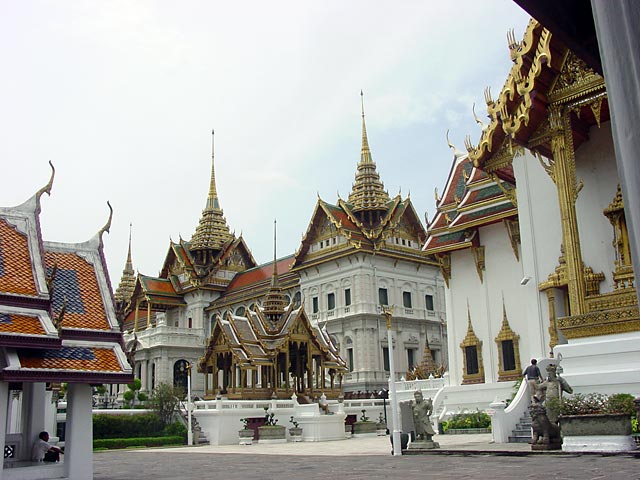 Today, December 1 is World Aids Day. In solidarity with all those involved in putting a human face to this affliction, we feature a post contributed by Emmanuel Roldan about his encounter with persons living with HIV(PLHIV) and what they are doing to increase awareness about HIV infection.
Today, December 1 is World Aids Day. In solidarity with all those involved in putting a human face to this affliction, we feature a post contributed by Emmanuel Roldan about his encounter with persons living with HIV(PLHIV) and what they are doing to increase awareness about HIV infection.
DAVAO CITY – One good thing about being in news writing is to be able to write about the lives of different people. A few days ago I interviewed three persons living with HIV (PLHIV); two gentlemen and a young lady. This activity was part of my internal program assessment commissioned by the Alliance against Aids in Mindanao (ALAGAD-Mindanao).
This was not my first time to meet PLHIVs, but this one was rather up close and personal. The 3 persons I interviewed, were in their late 20’s and early 30’s. And contrary to our notion of them being skeletal and sickly, my new friends exude life, beauty and hope. They are no different from people I see everyday: those waiting for jeepney rides; those pushing carts in grocery stores; those swimming in pools or beaches; and, those seating me in the church.
I did not bother to ask them about how they got infected. Rather, we talked about their lives as members of the positive community. Sometime in 2009 about 60 PLHIV formed themselves into what is now Mindanao AIDS Advocates Association (MAAA), Inc. with support from ALAGAD-Mindanao. The objective is to give a local face to the dreaded disease that has no known cure yet. It used to be that the face of HIV and AIDS was represented by a former overseas Filipino worker in the name of Sara Jane. But now, this group proudly stood on her behalf and those of hundreds more in Davao found positive with HIV. They want to tell the people about it and prevent them from being infected. The latest report says Davao ranks second to Cebu as having the most number of HIV positive and their number is growing everyday.
Organizing the positive community is hard. Even my three friends who are now seasoned volunteer peer counselors of ALAGAD-Mindanao concur that they have difficulty in reaching out to PLHIVs. Most difficult are those who are still in the denial stage; those who are professionals and athletic type; those who belong to well-to-do families; and, those who are hiding the truth from their families and loved ones. They told me that they too underwent the same stages in their lives after being diagnosed positive but later they realized that there is life beyond HIV and they have a mission to tell the people, particularly children and young people about their journey.
Definitely there is future for PLHIV because most HIV positive die from complications rather than from the virus itself, and we know that researches for medicinal cure of AIDS are underway. I was moved by their candidness so I asked them about their frustrations and fears being in the positive community. They told me that it could have been better if they had information about HIV and AIDS before. With a smile on her face, the lady in the lady in the group said she was worried about what will eventually become of her looks and her figure. They also stressed the need for family support and understanding of their situation as well as community support because HIV is not only an issue for gays, OFWs, sea fearers, prostituted men and women, but an issue for all sectors of society.
Correct information about HIV is a key to the prevention of being infected. Filipinos have yet to get rid of the stigma and discrimination that are associated with HIV and AIDS. I am happy though that the government is starting to show seriousness in the implementation of the national AIDS program and putting resources for its education, care and support with the help of private sector. Creation of positive communities, like Mindanao Aids Advocates Association (MAAA), is also an important component of our care and support to PLHIV. It is a way of strengthening them to overcome stigma and discrimination and to help educate the public about the infection.
Thank you and good luck to my PLHIV friends, to MAAA and to ALAGAD-Mindanao.
About Emmanuel Roldan:
 Emi is my kababayan from Padada, Davao del Sur. We went to the same high school and were altar boys and choir members in our parish church. Today, Emi is a news editor/columnist of the Mindanao Gold Star Daily – a member of the Sunstar Group. Aside from being a journalist, he is also a development worker and a human rights advocate having served in various organizations engaged in human rights protection and development work. At work and at play, Emi was able to nurture his childhood love for music. He still plays mean tunes on his guitar and sings very well.
Emi is my kababayan from Padada, Davao del Sur. We went to the same high school and were altar boys and choir members in our parish church. Today, Emi is a news editor/columnist of the Mindanao Gold Star Daily – a member of the Sunstar Group. Aside from being a journalist, he is also a development worker and a human rights advocate having served in various organizations engaged in human rights protection and development work. At work and at play, Emi was able to nurture his childhood love for music. He still plays mean tunes on his guitar and sings very well.
Emi can be reached via email at: emmanuel.roldan@gmail.com)












